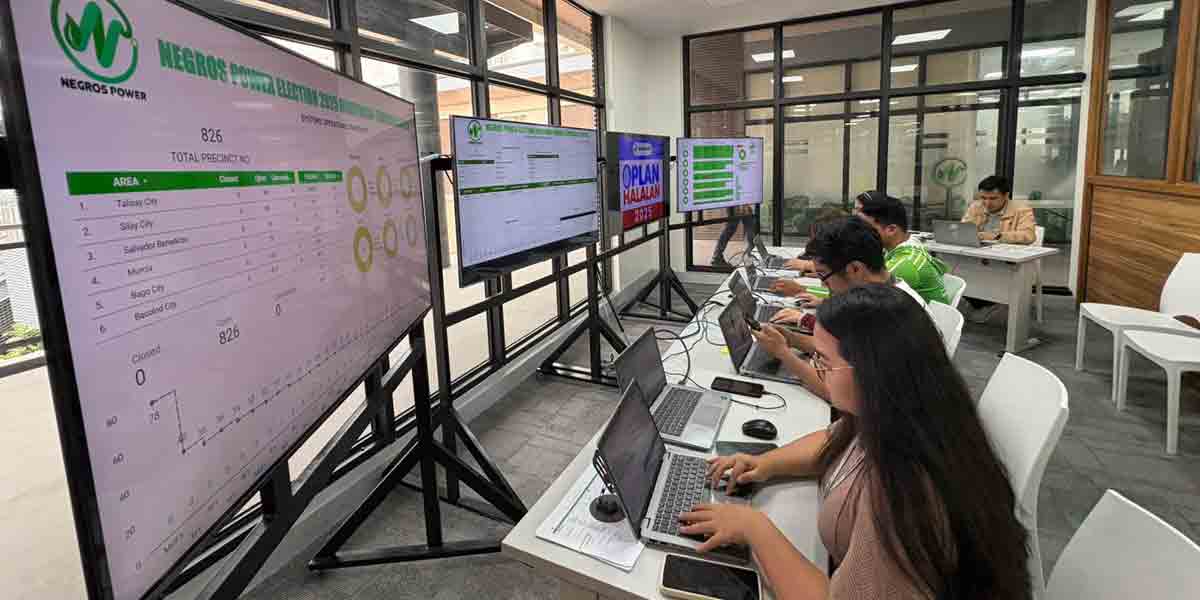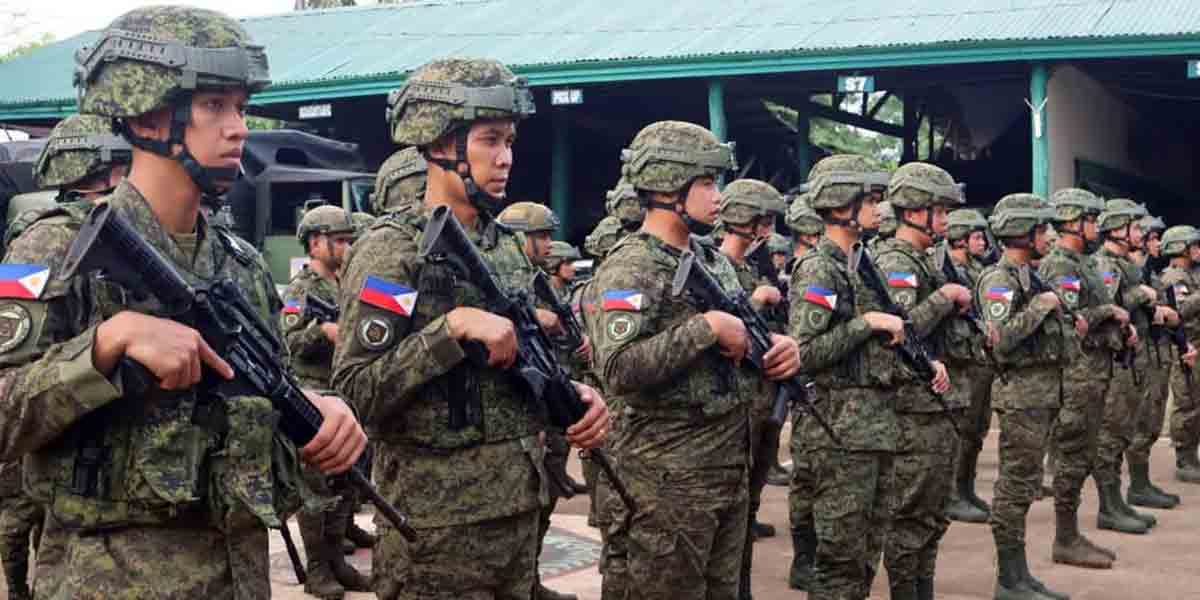
By Francis Allan L. Angelo
The COVID-19 pandemic significantly disrupted working hours and brought about notable changes in employment patterns across the Philippine labor market, according to a recent study by the Philippine Institute for Development Studies (PIDS).
The reduction in working hours nationwide, equivalent to approximately two months of full-time work, resulted primarily from adjustments in existing work schedules rather than widespread job losses, according to a PIDS news release.
Presented by Dr. Ma. Christina Epetia, a former Research Fellow at PIDS, the study titled “Where Have the Workers Gone since the COVID-19 Pandemic?” explores shifts in annual work hours and workforce reallocations triggered by the pandemic.
Co-authored with Research Specialist John Joseph S. Ocbina and Senior Research Specialist Kimberly R. Librero, the study highlights significant changes in the labor market.
“In countries like the Philippines, initial working hour reductions were primarily intensive adjustments,” Epetia explained.
This means that workers’ hours were reduced rather than losing their jobs entirely. She noted a temporary reversal of the gender gap in work hours as men initially experienced larger declines, but by 2021, men’s work hours began recovering faster, narrowing the gender gap anew.
Labor Market Reallocations and Informal Employment Surge
The study illuminated significant labor market reallocations, with a historic decline in labor force participation reported by the Philippine Statistics Authority (PSA).
While some workers shifted to growing sectors, informal employment surged, eroding pre-pandemic gains in formal job sectors. This coincided with rising unemployment and underemployment rates, underscoring substantial losses in jobs and working hours.
Since 2020, the recuperation of working hours has been slow despite partial recoveries in labor force participation and employment rates, predominantly due to intensive margin adjustments.
Epetia emphasized the need for a robust unemployment insurance system and enhanced social safety nets, particularly for vulnerable groups coping with involuntary reductions in work hours.
“It would be important to identify which groups are experiencing involuntary reductions in hours of work, especially those paid by the hour or day,” she added.
Emerging Trends: Remote Work and Gig Employment
Discussant Dr. Geofrey Ducanes of Ateneo de Manila University highlighted emerging post-pandemic trends, noting a rise in remote work and gig employment.
“More people are now working from home, either full-time or part-time. They may be part of the formal economy but are working remotely,” he stated.
He pointed out the gap in PSA’s labor force survey to fully capture these shifts, particularly in assessing gig work and informal employment.
International Labour Organization Senior Economist Dr. Stefan Kühn emphasized global parallels, cautioning against simplistic interpretations of employment shifts based solely on occupation structures.
“When you look at the employment shares, you see an apparent shift of employment shares towards occupations that were less affected, but it doesn’t mean that a single worker moved into those occupations,” he clarified.
Kühn advocated for deeper analyses into the long-term pandemic impacts on structural transformations within the Philippine labor market.
Progress and Future Directions
Updating from PSA’s latest labor force survey in April 2024, Department of Labor and Employment Bureau of Local Employment Labor Market Information Division Chief Ms. Grace Baldoza affirmed progress beyond pre-pandemic levels despite lingering challenges in unemployment and underemployment.
She emphasized sustained efforts and collaborative initiatives to uphold individual well-being and prioritize lifelong learning beyond conventional employment metrics.


















